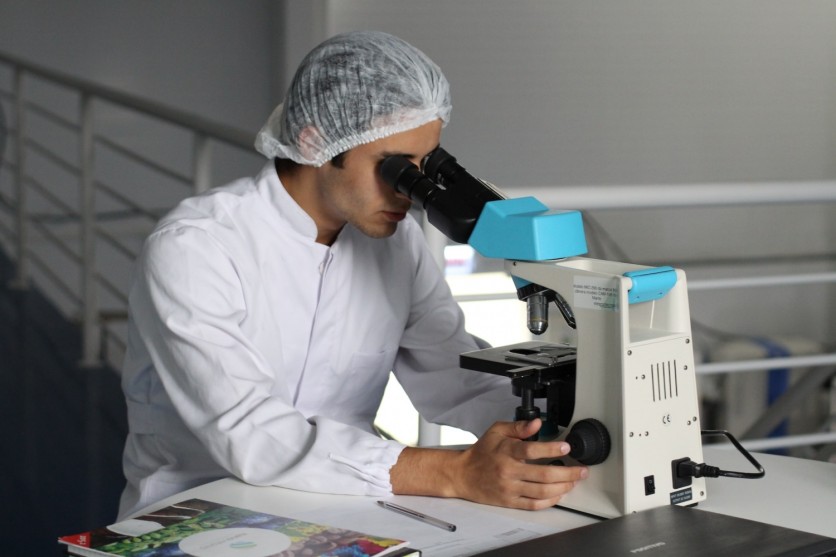A group of researchers at the University of Gothenburg has discovered how artificial intelligence (AI) stumbled upon how cells move and behave under a microscope.
The discovery might be a crucial part of the study for experts who are looking to create new medical technologies for the treatment of diseases such as cancer.
AI Observes Cells' Behavior in Various Settings

As Phys.org reported on Thursday, Feb. 16, scientists can see some information about cells' behavior. The method involved in the process is important in the development of medications.
Jesus Pineda, one of the authors of the study, said that optical microscopy has been existing and evolving for the past 20 years.
The doctoral student from Gothenburg added that the research showed how cells move even with the "smallest" detail in different directions and speeds.
By combining the neural networks and the graph theory, the team was able to arrive at an AI method that can quickly choose some data from the footage.
Speaking of which, the researchers made use of mathematics to understand the connection between a particle and a sample in the trial.
It should be noted that scientists claim that the particles can be influenced by other objects around their environment. Whether it's directly or indirectly, it can have a lasting impact on a subject.
Pineda highlighted that the AI method is capable of solving multiple tasks contained in various trials. It has allowed them to see the changes in the pattern of the graphs and how cells react to another molecule.
The most important part of the study is how the method opens opportunities for another scientific breakthrough. With this, they could potentially formulate medications that can treat cancer patients in the future.
In general, this could be very helpful for pharmaceutical companies in developing the right medicine for a certain condition.
If you want to know more about the study entitled "Geometric deep learning reveals the spatiotemporal features of microscopic motion," visit Nature.com for more details.
Related Article : Scientists Develop a New Diagnostic Test Technology That Can Detect Bacterial and Viral Infections Faster
AI Makes Drug Discovery Cheaper and Faster
Aside from helping pharmacists to develop medications, machine-learning can help the experts to test drugs with the patients. From here, they can evaluate the right drug to give to them in the next trials.
According to Technology Review, an AI can predict the effects of a drug on the body. By relying on a machine-learning model, pharmaceutical scientists can save a lot of time and work in developing a new drug.
This transformation in the health industry could mean that many pharmaceutical labs will invest their money to achieve the goal of creating various drug designs.





